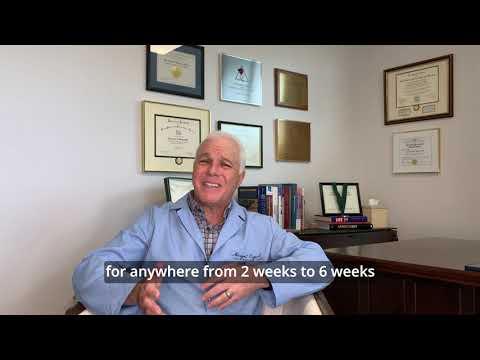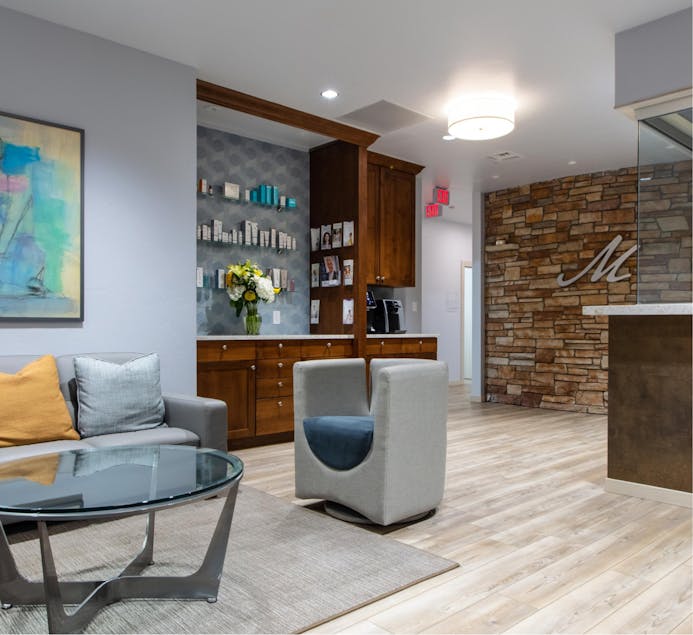If you have overly large, heavy breasts, it can be embarrassing, challenging, and a source of discomfort and distress. It can be almost impossible to find clothing and bras that are comfortable and fit nicely. You may have deep indentations from bra straps on your shoulders and suffer rashes, back pain, or neck pain.
How is breast reduction performed?
Before planning your custom surgery, you will meet with our surgical team for a breast reduction consultation. We will evaluate your breast tissue and skin quality, and discuss your personal concerns and goals. Depending on the quantity of excess breast tissue and skin, one of the following surgical approaches will be appropriate:
Liposuction
Liposuction results in the least amount of scarring on the breasts. However, the sole purpose of the liposuction procedure is to remove fat; therefore, liposuction is only appropriate when only fat removal is needed. Since the liposuction approach does not involve any skin tightening or nipple repositioning, a candidate should have good skin elasticity and not require a breast lift.
Vertical
Also called the lollipop or LeJour technique, a vertical reduction involves an incision that encircles the areola and a vertical incision from the center of the lower breast to the breast crease. The incisions and resulting scar resemble the shape of a lollipop. With the vertical reduction incision pattern, our surgeons can remove excess breast tissue and breast skin, lift the breasts, reposition the nipple, and reduce the size of overly-large nipples. This technique is best suited for women with mild to moderate skin laxity.
Anchor
With the anchor or standard approach, a vertical incision is placed from the center of the nipple down the breast fold. Another incision is created in the breast crease. The incisions resemble the shape of an anchor, hence the name. The anchor incision pattern allows for the removal of breast tissue, tightening skin, and repositioning of the nipples so they are centered on the breast mound. This approach is ideal for patients with severe skin laxity.




